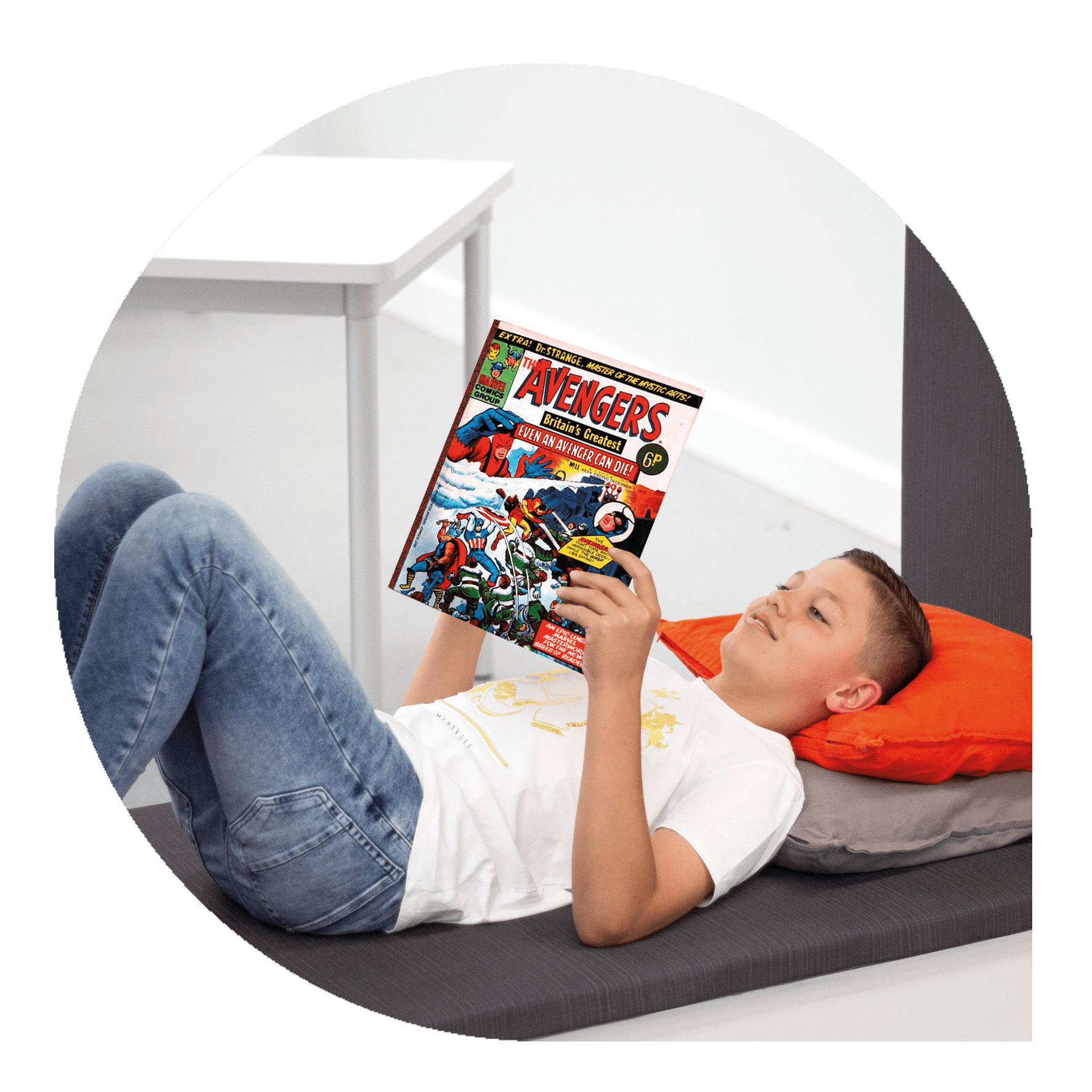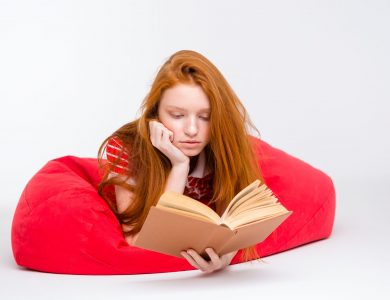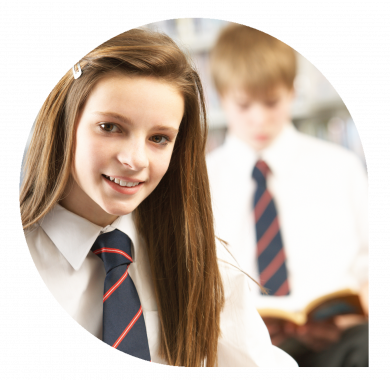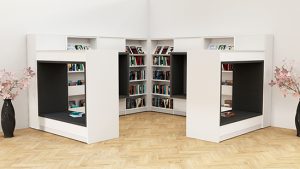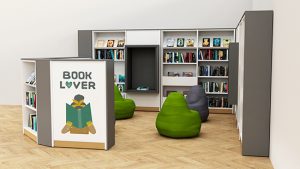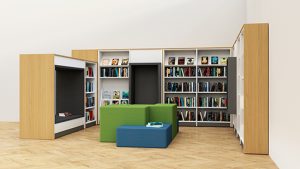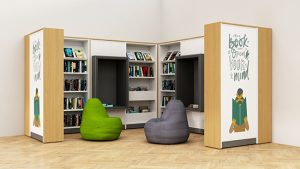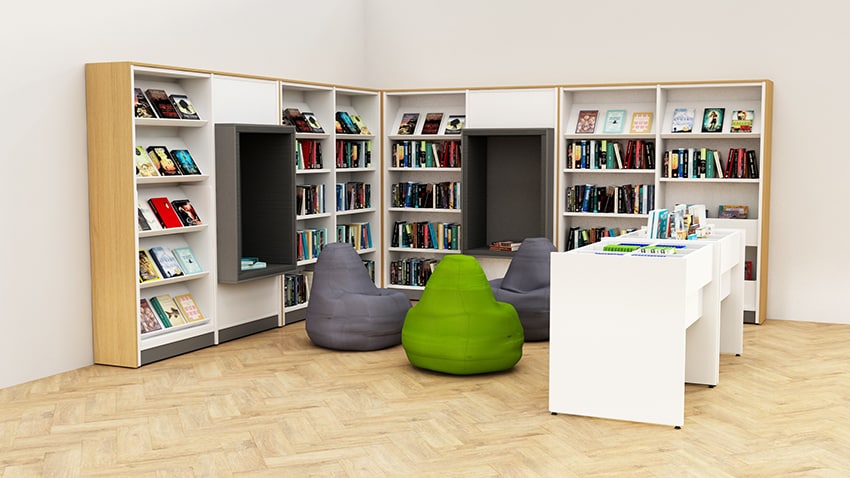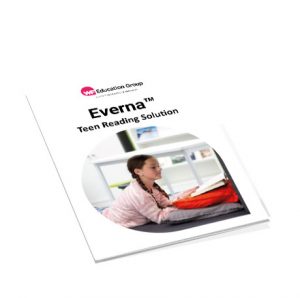Fast-paced, third millennial sociological shifts have created a Generation Z of teenagers, otherwise known as the ‘iGen’ who are very different from the X and Y generations. Driven by technology, these digital natives are hard researchers, avid gamers, and social media experts with a desire to be entertained on demand. The world of smart technology, gaming consoles, and social media platforms has resulted in today’s teens being predominantly driven by technology and reliant on swift access to information on the go.
In the minds of the iGen google has always existed and Wi-fi access is the norm – known to be more independent from an early age, and more driven, alert and even entrepreneurial; but on the contrary, are more self-absorbed, can struggle with face-to-face and real-life social situations, are easily distracted and have declining patience levels.
Some staggering Gen Z statistics demonstrate just how technologically driven this group is:
- More than 74% of this generation spend their free time online
- In the UK Gen Z spend an average of 10.6 hours online every day
- 66% of Gen Z report using more than one internet-connected device at a time



